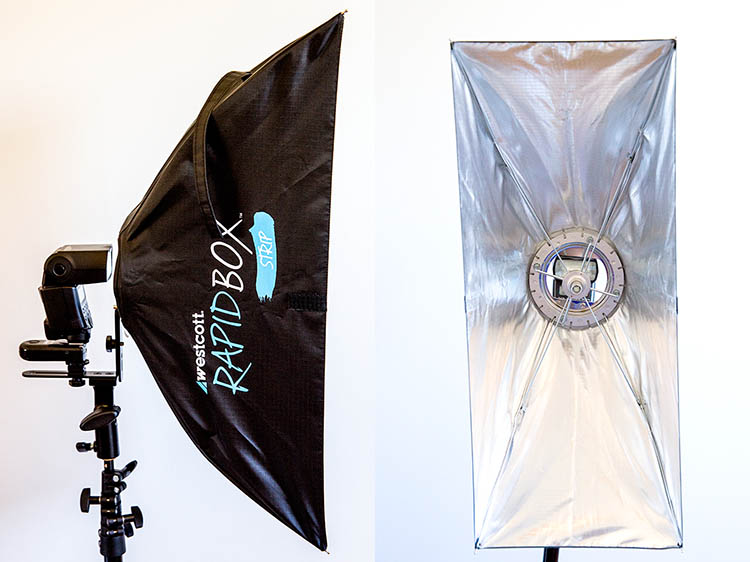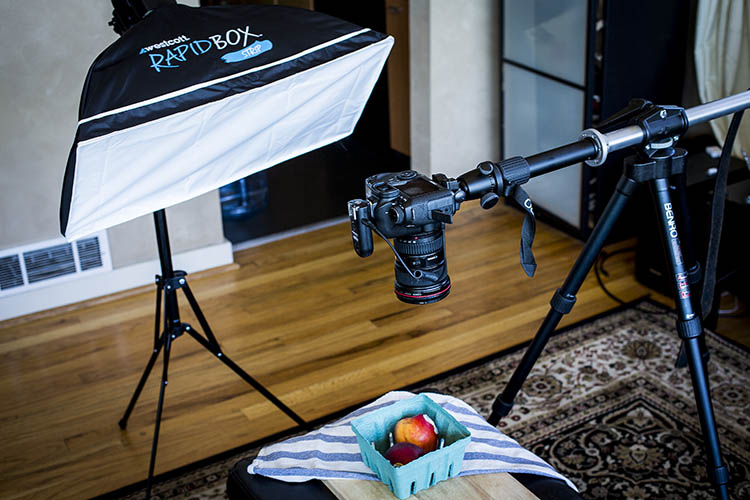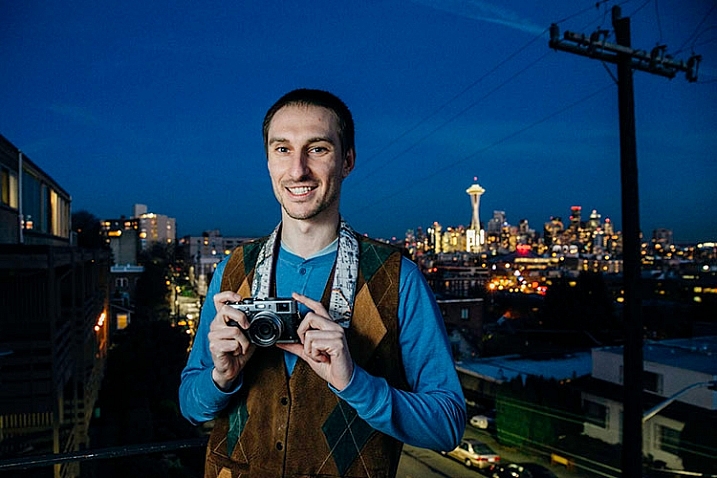The post Has Wescott Out-Godoxed Godox with the Westcott FJ400 Strobe? appeared first on Digital Photography School. It was authored by Carl Spring.

Wait? How Much? Did Westcott just outdo Godox?
Westcott has just announced the FJ400 Strobe, which on first glance is not that exciting. Then you see the price, only $ 569! That is $ 80 cheaper than the ultra-popular Godox AD400. That’s before you get to the universal trigger system. Has Wescott done the impossible? Has Westcott out Godoxed Godox?
Specs
Let’s get this stuff out of the way. If you want the headline numbers, here they are:
FJ400 Strobe
- 400 watt-second AC/DC strobe
- 9 F-stop range in 0.1 and 1.0 increments
- Mains power adapter included
- 0.9 recycle time at full power
- 480+ full-power flashes per strobe
- 0.05 second recycle time at the lowest power setting
- 20 watt LED modeling lamp (Daylight balanced)
- High-Speed Sync up to 1/8000th second, TTL and rear curtain sync
- Bowens Mount
- Series of gels (full CTO, has CTO, window green and diffusion) included. These attach by magnets
- Color Screen
X2-M trigger
- Universal wireless radio trigger for FJ400 strobe
- Compatible with many Canon, Nikon, Sony (with adapter), Fuji, Panasonic Lumix and Olympus cameras (more are being tested by Westcott)
- Integrated long-lasting lithium-ion battery
- Up to 200,000 flashes per charge cycle
- Wireless communication range of up to 985 feet (300m)
- Bluetooth compatible with free mobile app
- USB Type-C to USB-A cord for quick charging and firmware updates
- 6 groups and 16 wireless channels
- Color LCD screen
This is a serious specification list that clearly shows that Westcott is after potential Godox users.
The Flash

The headline specs on this are huge. Not only is the flash cheaper than the Godox AD400, but it has a larger battery allowing for more flashes (480 for the Westcott vs. 390 for the Godox). This is at the expense of size, with the Westcott being slightly larger than the Godox. I would personally happily trade the size (and accompanying weight) difference for the extra flashes.
The other really impressive feature is that the Westcott includes a mains cable, allowing you to plug in the Westcott FJ400 Strobe and use it as a standard studio strobe. For the Godox this is an additional extra.
Lastly, the mount is Bowens (as is Godox), which allows you to use several different modifiers at all different price points. It also has an adapter for the Rapid Box system, meaning you can easily use the excellent Westcott modifiers
The Trigger

The universal trigger is something that is going to be incredibly useful to many people. I shoot both Canon and Fuji and currently have two triggers that I have to remember each time I shoot. The fact that this system has a universal system is really exciting for those of us who shoot different brands.
I also like the movement in the trigger. The fact that I can flick it up when setting my lights, then flick it back down to keep a more compact footprint is exciting. The LCD screen size is nice and big meaning it will be easy to change settings. The included Li-Ion battery is good for 200,000 flashes. This is great, but I do like using AA batteries on my triggers. It’s the peace of mind that I can get batteries no matter where I am.
For those of you who use Sony cameras, you will need to buy an adapter. However, this is only $ 20.
Isn’t this just a rebadged Jinbei?
It certainly looks like these strobes are based on the Jinbei. It is not totally surprising that the FJ400 Strobe has been based around an existing system. The price point Westcott has brought this unit out at would be incredibly difficult if they had to create the whole system from scratch.
I am not an expert on electronic engineering, so cannot comment on the exact differences, but I have a hunch that the Westcott FJ400 will be built to a slightly higher specification. How much, however, is to be determined. The filter system included with the Westcott is more practical than those I have seen included with the Jinbei system.
Also, Westcott has excellent customer service. You get to talk to a real person on the phone and things are US-based. For many photographers, and especially professionals, great customer service is worth its weight in gold.
When can I get it?
Westcott expects to be shipping the FJ400 Strobe for the end of October.
If you want to get yourself more excited, you can check out the announcement video below.
So, are you excited by the FJ400? Is it enough to persuade you to look at the switch from Godox? As always, let me know in the comments!
The post Has Wescott Out-Godoxed Godox with the Westcott FJ400 Strobe? appeared first on Digital Photography School. It was authored by Carl Spring.
























You must be logged in to post a comment.